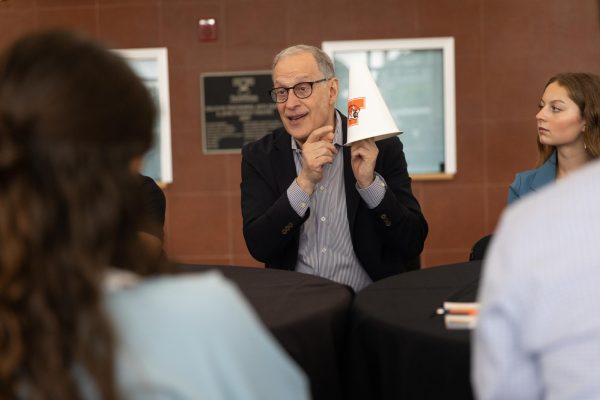The cost of lunch
Texas High loses waiver for free meals
After two years of programs providing free meals due to COVID-19, Texas High students must pay for meals. The waiver for free school lunches across Texas, given by the Texas Department of Agriculture, expired this 2022-2023 school year.
October 5, 2022
Walking up to the lunch line, her stomach grumbles. She places her food on a tray and walks towards the lunch lady. As she puts in her lunch number, anxiety starts to rise. She questions whether or not her parents added money to her account, and she wonders if she will be forced to battle hunger for the rest of the day.
The waiver for free school lunches across Texas, given by the Texas Department of Agriculture, expired this 2022-2023 school year.
“There are a few schools in TISD that do not offer free breakfast or lunch to all of its students,” Assistant Principal William Harris said. “Texas High is not a part of the community free lunch program due to the overall poverty level of the students on the campus.”
Some students believe that free school lunches should continue because everyone’s situation is unique. Everyone has different obstacles to overcome, especially after the pandemic. Inflation caused food and gas prices to rise, so even with a high-paying job, many families will struggle to pay for school lunches.
“I think lunch should be free because not everybody has the financial stability to pay for lunches every day,” junior Makenely Chandler said.
Financial flexibility was given to school lunch programs in the wake of the COVID-19 pandemic and extended through the 2021-2022 school year. Scholarships are now available for reduced lunch prices. To qualify you must fill out an application including your household income and status as a foster, homeless or migrant.
“Students who would qualify for the free or reduced lunch program may be embarrassed about turning in the form, so some people are probably not eating when they’re actually hungry,” science teacher Amy Baker said. I think lunch should be free because not everybody has the financial stability to pay for lunches every day. — Makenley Chandler
Teachers and students both question the effectiveness of these scholarships. Financial instability has become a common issue among families post-pandemic. Those questioning agree that inflation isn’t always considered when qualifying financial aid cut-offs are created.
“Say your parent only gets paid twice a month; they’re not getting a constant income and there’s bills and other expenses. That reduced pay still adds up,” Chandler said.
Waggoner Creek Elementary School, Texas High School and Morris Elementary are the only schools in the TISD district that are paying for lunch due to their enrollment in a separate lunch program. There were a total of 2,396 students in the affected schools last school year while only 1,232 now qualify for reduced lunches.
“During the past few years, students haven’t been paying for lunch, which could explain its quality. But now that the school has been taking our money you would assume that they’d improve the food’s quality,” junior Hannah Crysel said “As someone who plays a sport for the school and has to eat to make it through hard conditioning, I find it difficult to pack a lunch every day, but it beats paying for food I don’t enjoy.”





















